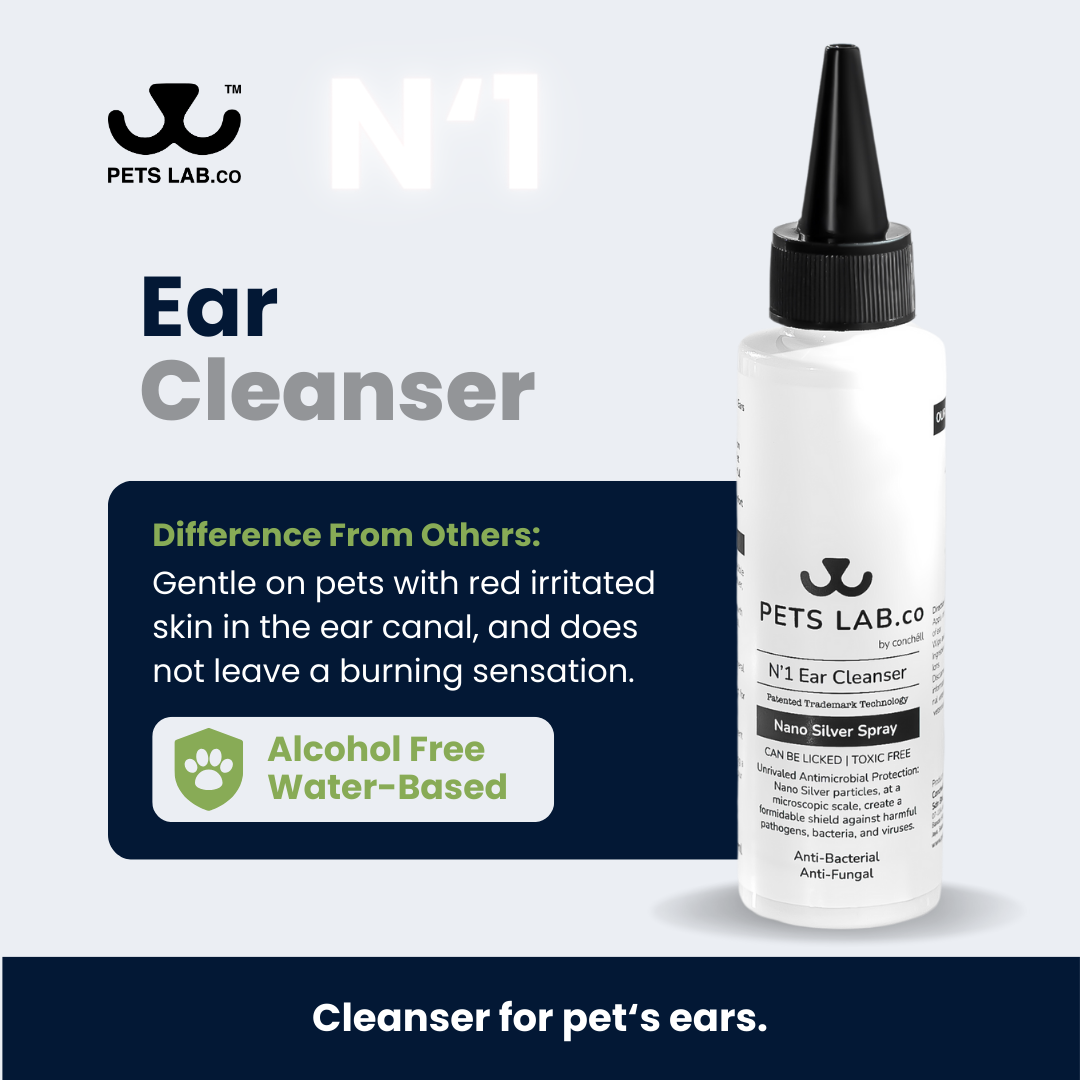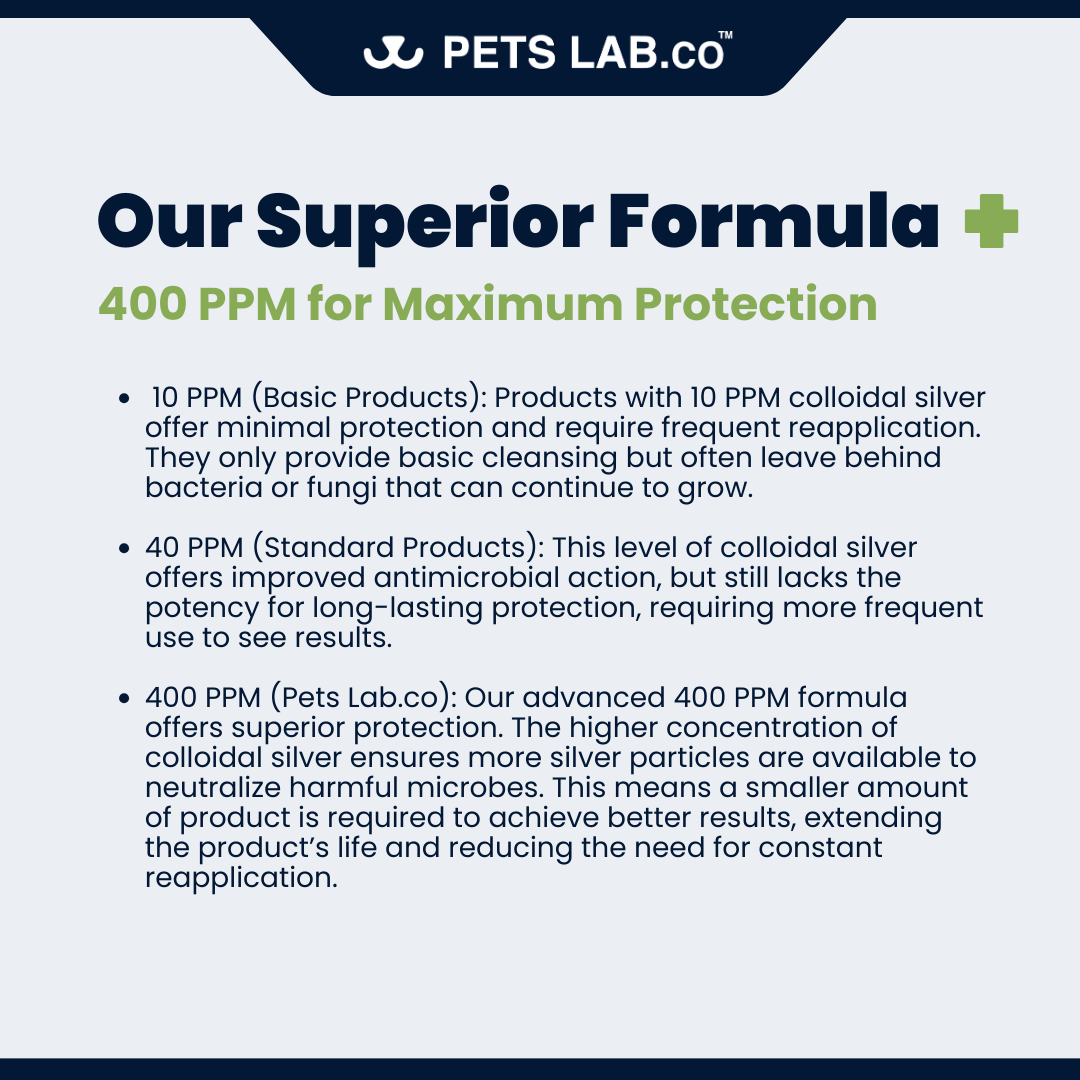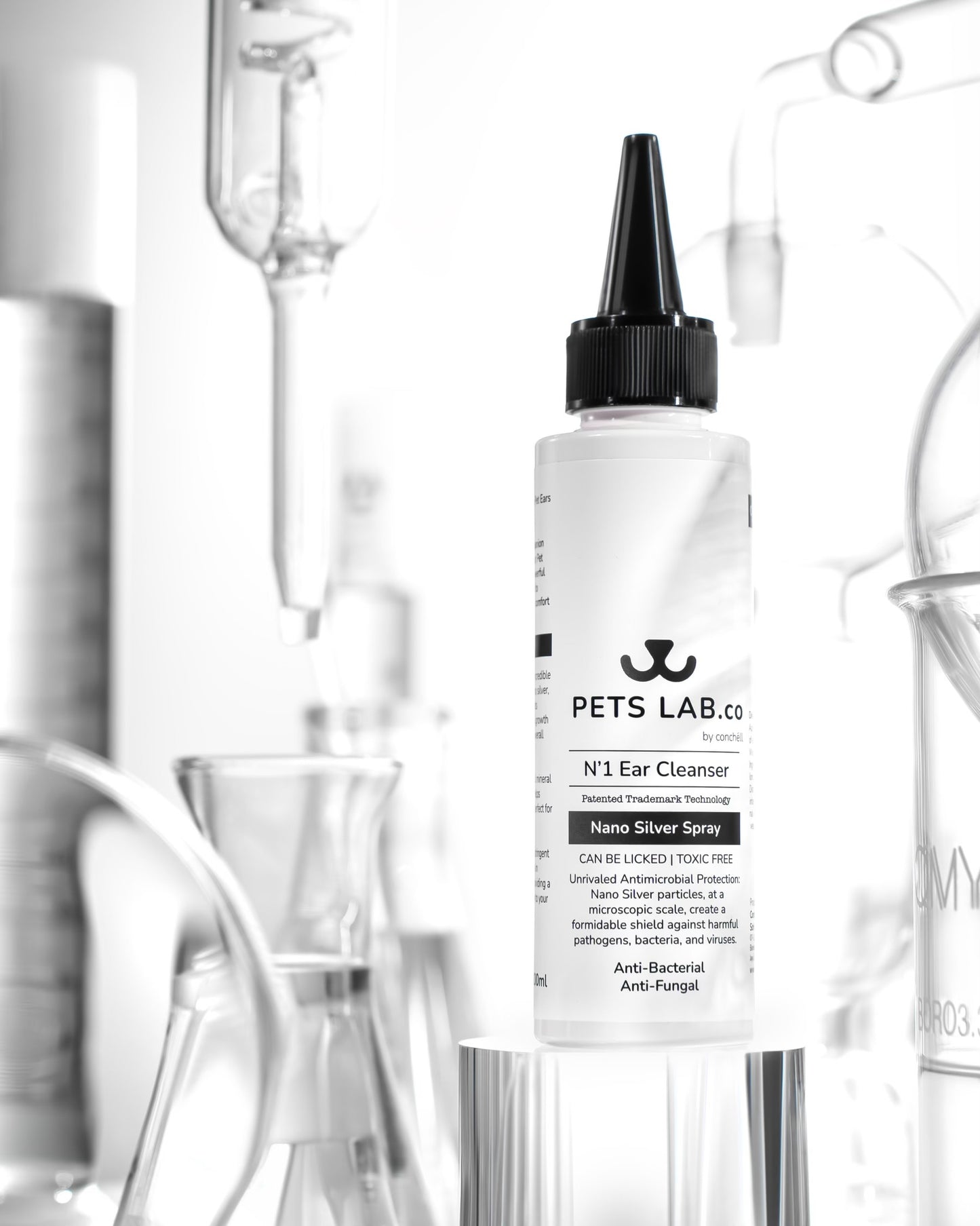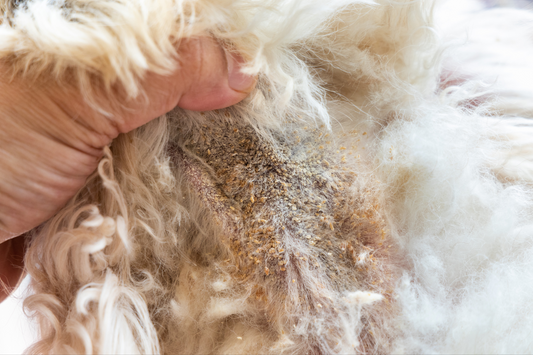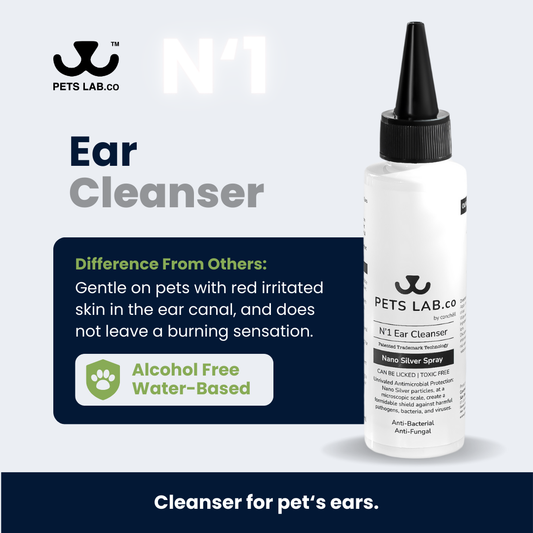
10 Essential Tips for Treating and Preventing Pet Wounds at Home
Share
Introduction to Pet Wound Care
As pet owners, we strive to keep our furry friends safe and healthy. However, pets are naturally curious and active, making them prone to injuries. Knowing how to treat and prevent pet wounds at home is crucial. This guide will provide you with ten essential tips for managing pet wounds, featuring Pets Lab.co's N'2 Wound Cleanser, a world-class patented medical-grade product designed to ensure your pet's wounds heal quickly and safely.
Why Wound Care is Important for Pets
Proper wound care prevents infections, speeds up healing, and keeps your pet comfortable. Untreated wounds can lead to severe complications such as abscesses, systemic infections, and chronic pain. By following these tips, you can ensure your pet's wounds are managed effectively and prevent future injuries.
Common Causes of Pet Wounds
Top 10 Tips for Treating Pet Wounds at Home
1. Keep Calm and Assess the Situation
Before treating a wound, ensure your pet is calm and relaxed. Approach them gently and assess the severity of the wound. If the injury is severe or you notice excessive bleeding, contact your veterinarian immediately.
2. Clean the Wound Thoroughly
Cleaning the wound is the first step in preventing infection. Use a pet wound cleanser, or if your pet is prone to having sensitive wound, you could check out our medical grade Pets Lab.co's N'2 Wound Cleanser, which combines silver ions and titanium dioxide to create a powerful, antibacterial shield. This advanced technology ensures that the wound is thoroughly disinfected.
How to Clean the Wound:
- Apply a pet suitable wound cleanser like our N'2 Wound Cleanser directly to the wound.
- Gently wipe away any debris with a clean cloth or cotton ball.
- Avoid using harsh chemicals or soaps that can irritate the wound.
3. Apply an Antiseptic Solution
After cleaning, apply an antiseptic solution to further disinfect the wound. N'2 Wound Cleanser is specially formulated to provide long-lasting protection against bacteria, fungi, and viruses.
4. Protect the Wound with a Bandage
Covering the wound with a sterile bandage helps keep it clean and prevents your pet from licking or scratching it. Change the bandage daily or whenever it becomes dirty or wet.
5. Monitor the Wound for Signs of Infection
Keep a close eye on the wound for signs of infection, such as redness, swelling, or discharge. If you notice any of these symptoms, consult your veterinarian immediately.
6. Prevent Your Pet from Licking the Wound
Pets often lick their wounds, which can introduce bacteria and delay healing. Use an Elizabethan collar (e-collar) or a wound protector to prevent licking.
7. Provide Proper Nutrition
A balanced diet rich in vitamins and minerals supports the healing process. Ensure your pet is getting the necessary nutrients to promote quick recovery.
8. Keep Your Pet's Environment Clean
A clean environment reduces the risk of wound contamination. Regularly clean your pet's bedding and living areas to maintain hygiene.
9. Regular Checkups with the Vet
Regular veterinary checkups are essential for monitoring the healing process and addressing any complications. Follow your vet's advice for wound care and treatment.
10. Use Preventive Measures
Preventing injuries is always better than treating them. Keep sharp objects out of reach, supervise your pet during play, and maintain a safe environment.
Why Choose Pets Lab.co’s N'2 Wound Cleanser
Pets Lab.co’s N'2 Wound Cleanser stands out because it uses a combination of silver ions and titanium dioxide to provide superior protection against bacteria, fungi, and viruses. This advanced technology ensures that your pet's wounds are not only clean but also protected from future infections.
Step-by-Step Technology Explanation
Conclusion
Effective wound care is essential for your pet's health and happiness. By following these top 10 tips and using high-quality products like Pets Lab.co’s N'2 Wound Cleanser, you can ensure your pet's wounds heal quickly and safely. Keep your pet protected and comfortable by staying proactive with their wound care routine.


